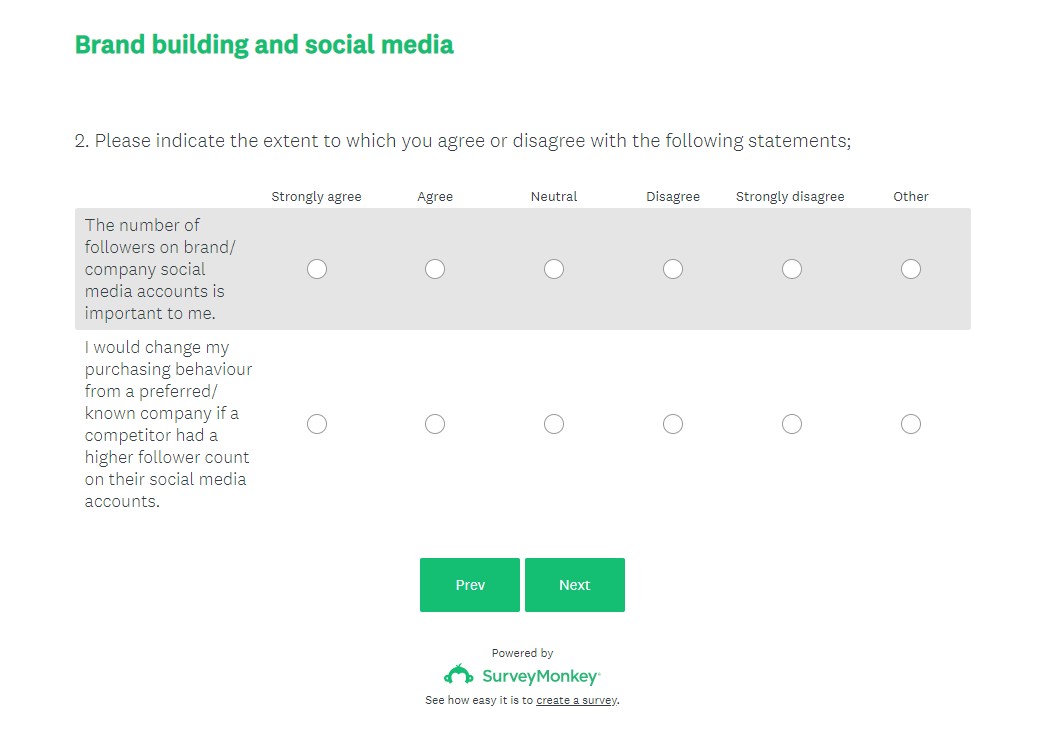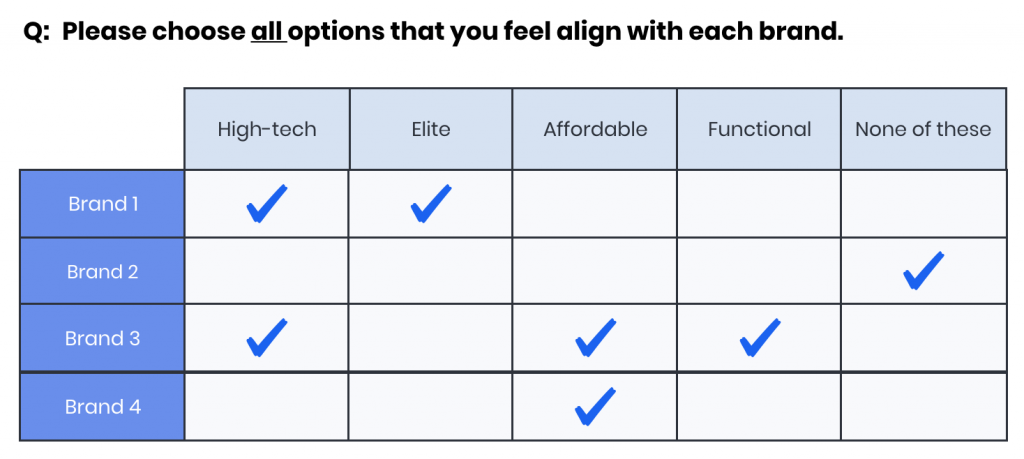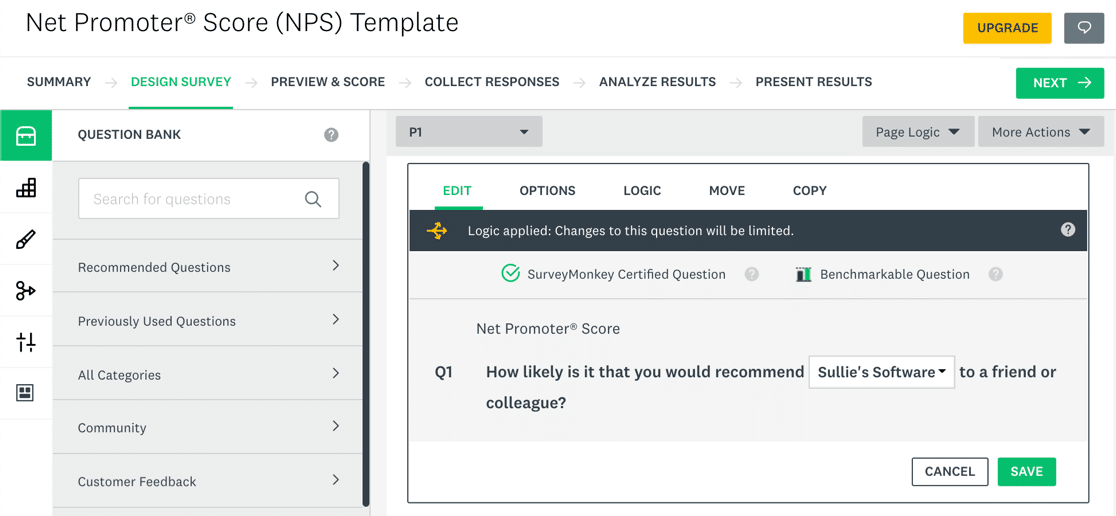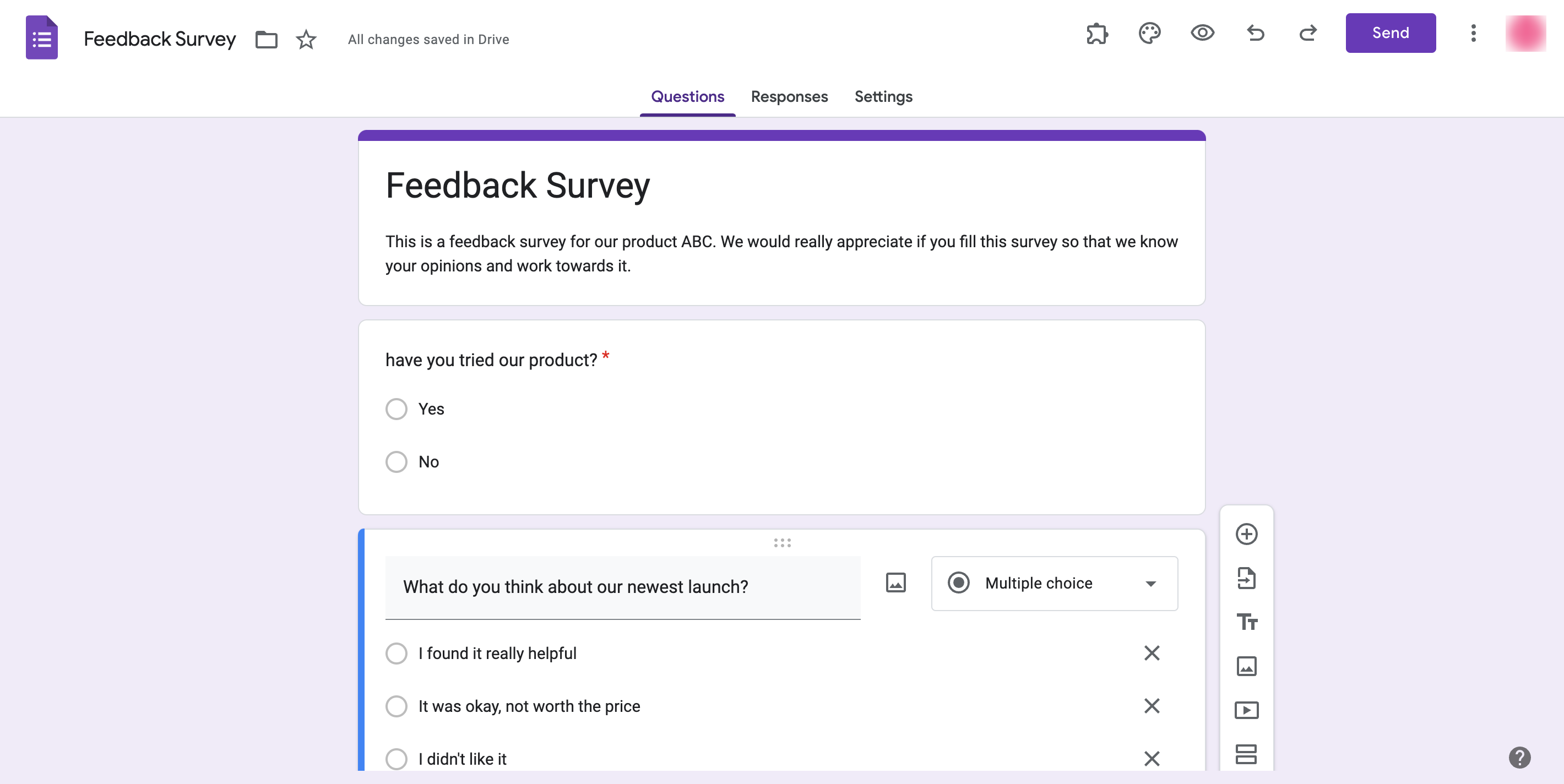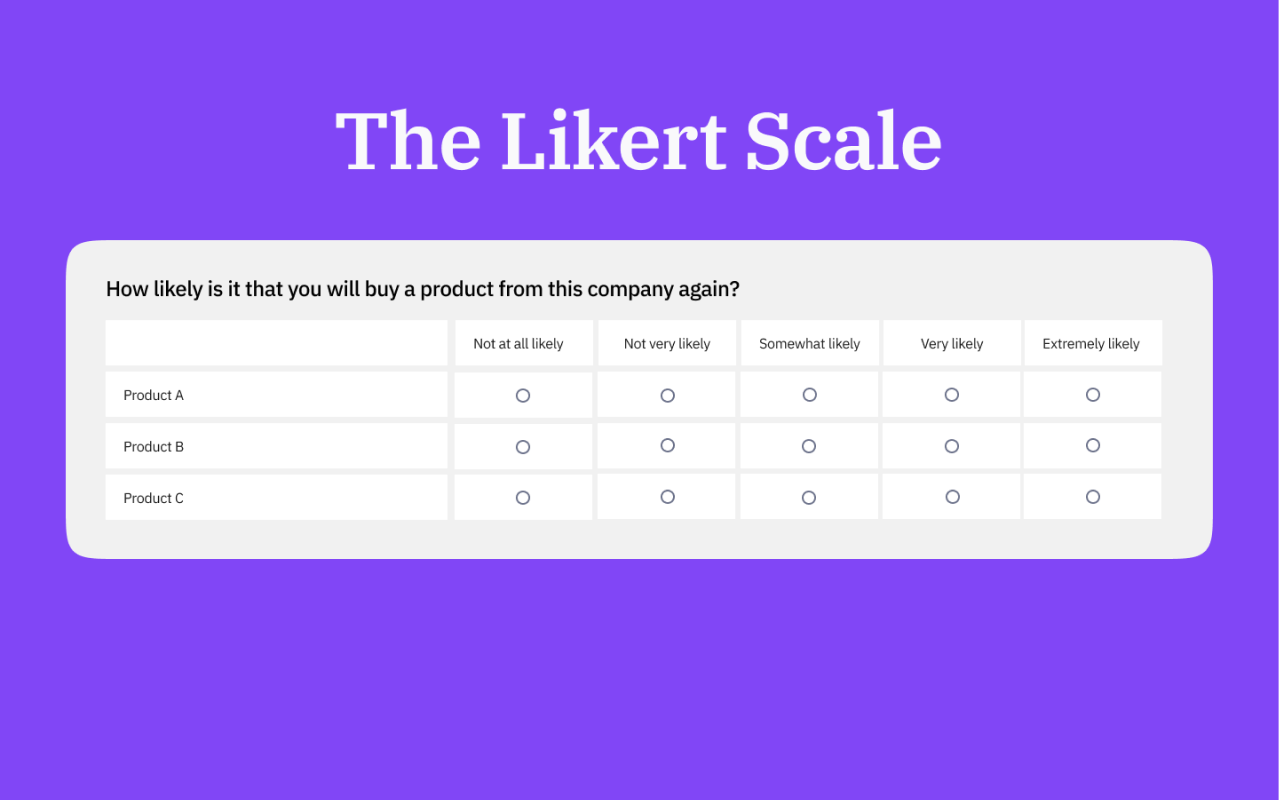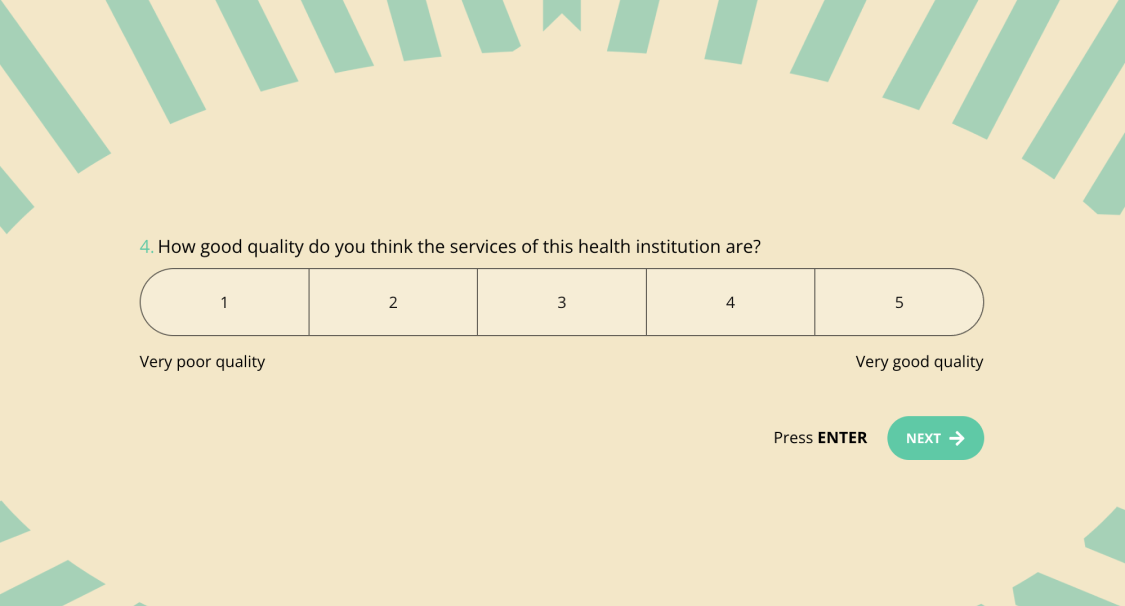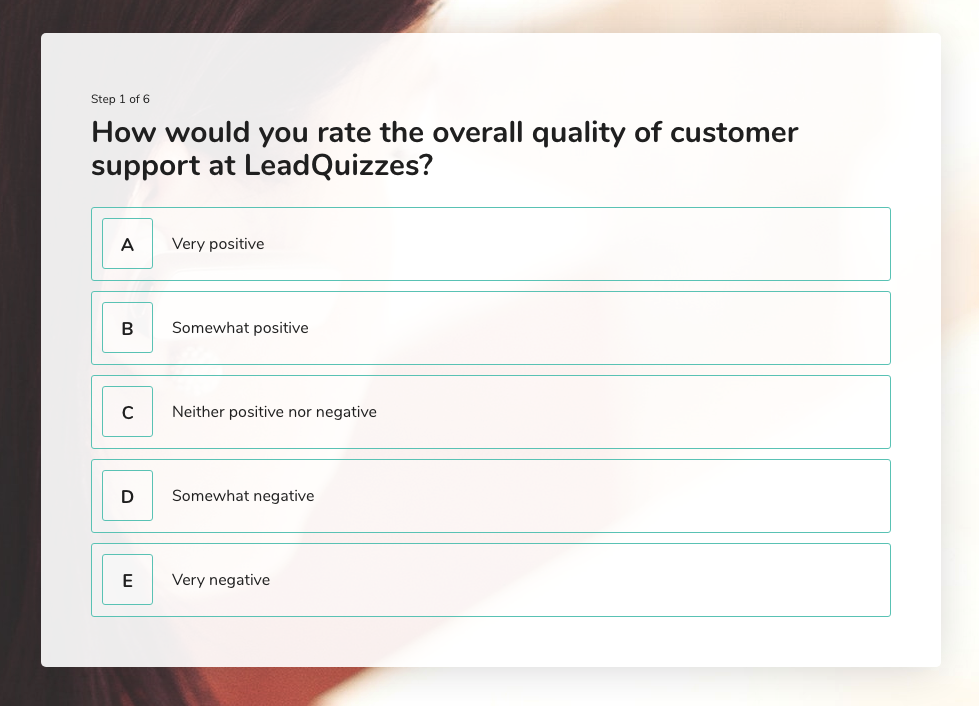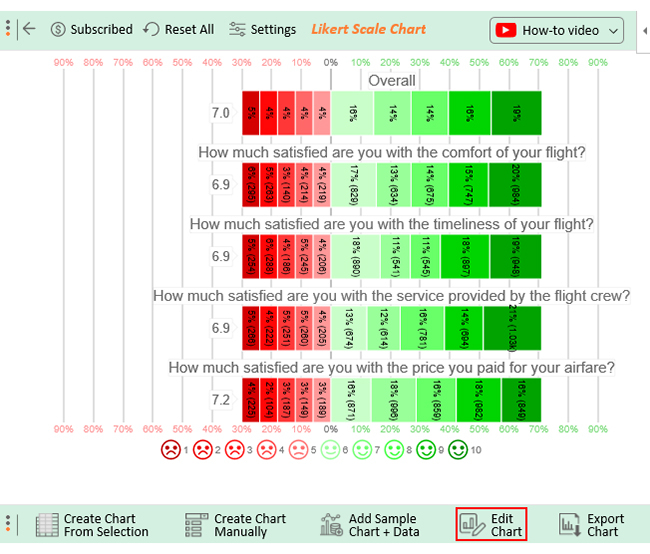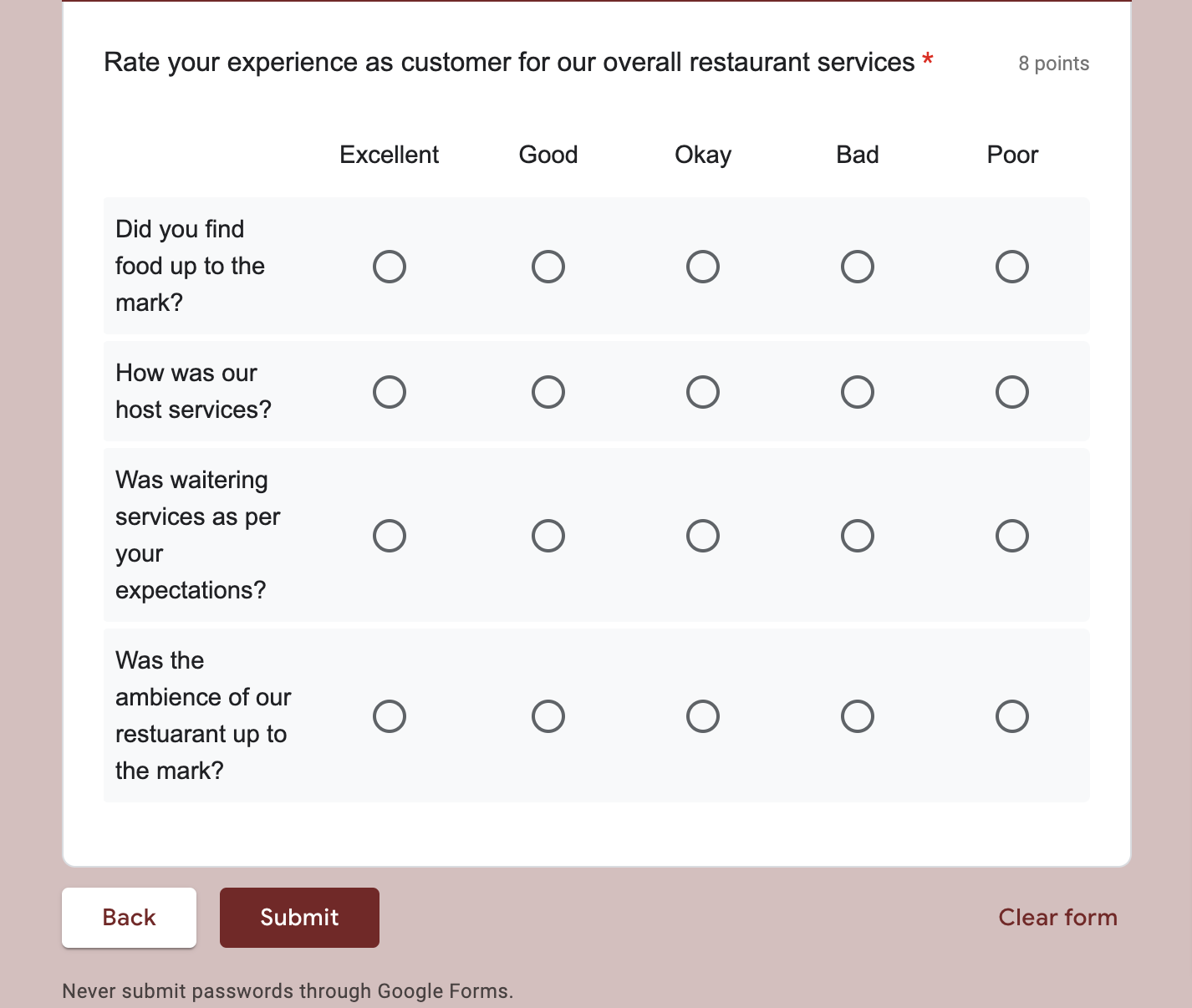How To Make A Likert Scale On Survey Monkey

Likert scales, a cornerstone of survey research, are frequently used to gauge opinions and attitudes. Creating them on platforms like SurveyMonkey is a straightforward process, enabling researchers to collect quantifiable data on subjective topics. This guide provides a step-by-step approach to constructing a Likert scale on SurveyMonkey, ensuring accurate and insightful survey results.
For those unfamiliar, a Likert scale presents respondents with a statement and asks them to indicate their level of agreement or disagreement. The scale typically uses a range of options, such as "Strongly Disagree," "Disagree," "Neutral," "Agree," and "Strongly Agree." This allows for a nuanced understanding of individual perspectives, as opposed to simple yes/no answers.
Designing Your Likert Scale Question
Step 1: Accessing SurveyMonkey and Creating a New Survey
Begin by logging into your SurveyMonkey account. If you don't have one, you'll need to create an account on their website, surveymonkey.com. Once logged in, click on "Create Survey" to start a new project. You can choose to start from scratch or use a template.
Step 2: Selecting the Appropriate Question Type
SurveyMonkey offers various question types, but the most suitable for a Likert scale is the "Matrix/Rating Scale" question. This question type allows you to present multiple statements with the same set of response options. Select this option from the question type menu.
Step 3: Formulating Your Statements
Carefully craft your statements to be clear, concise, and unbiased. Each statement should address a single aspect of the topic you're researching. Avoid double-barreled questions (questions that ask about two things at once) as they can confuse respondents and skew results.
Step 4: Defining Your Response Options
In the "Rows" section, enter each of your statements. These will appear as rows in your matrix. In the "Columns" section, define your response options. Common options include "Strongly Disagree," "Disagree," "Neutral," "Agree," and "Strongly Agree," but you can customize these to fit your specific research needs.
Ensure that the order of your response options is logical and consistent. Typically, they progress from negative to positive (or vice versa). This consistency helps respondents easily understand the scale and provide accurate answers. Important note: The SurveyMonkey tool allows you to customize point weights, so the analysis is more accurate.
Step 5: Customizing Question Settings
SurveyMonkey provides various customization options. Consider enabling "Require an Answer" to ensure that all respondents answer each question. You can also add a "Not Applicable" option if necessary.
Step 6: Previewing and Testing Your Likert Scale
Before distributing your survey, preview it to ensure it looks and functions as intended. Take the survey yourself to identify any potential issues with clarity or wording. It's always a good idea to conduct a pilot test with a small group of people to gather feedback before launching the survey to a wider audience.
Step 7: Analyzing the Data
Once you've collected your data, SurveyMonkey provides tools for analyzing the results. You can view responses in aggregate, filter by demographic groups, and export the data for further analysis in other software. Be sure to use appropriate statistical methods to analyze Likert scale data. Consider median and mode as the most reliable measurements.
Creating a Likert scale on SurveyMonkey is a simple yet powerful way to gather valuable insights into attitudes and opinions. By following these steps, researchers can design effective surveys and collect data that informs decision-making in various fields, from marketing and product development to social science research and employee satisfaction.
Mastering this technique provides organizations and researchers with a valuable tool for understanding their audience and making data-driven decisions. The structured nature of Likert scales facilitates analysis and comparison, making them a valuable asset in quantitative research.
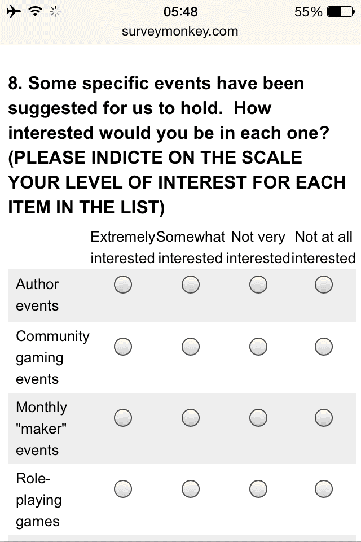
![How To Make A Likert Scale On Survey Monkey What Is a Likert Scale? [Examples & Templates]](https://blog.hubspot.com/hubfs/What Is a Likert Scale%3F [Examples %26 Templates]-3.png)

